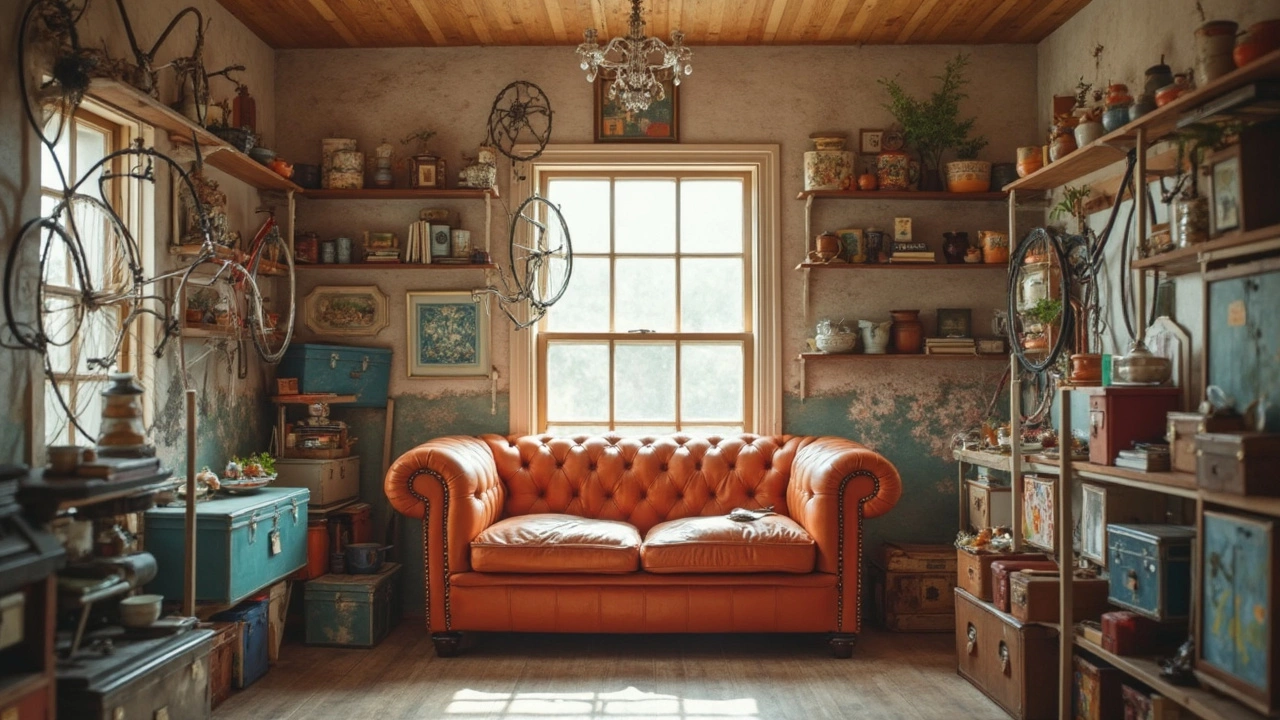Renting a Storage Unit Made Simple: What You Need to Know
Thinking about renting a storage unit? You’re not alone – many people need extra space for seasonal gear, furniture, or a sudden move. The good news is that finding the right unit and using it wisely isn’t rocket science. Below are the steps that will get you into a clean, safe space without breaking the bank.
Pick the Right Size and Type
First, measure what you plan to store. A one‑car garage‑sized unit fits a sofa, a few boxes, and a mattress. If you only need space for holiday decorations, a 5×5 foot unit will do. Most facilities let you walk the floor, so you can compare sizes side by side. Choose climate‑controlled if you’re storing wood furniture, electronics, or anything that hates humidity.
Don’t overpay for extra square footage you’ll never use. A common mistake is to rent the biggest unit just because “bigger feels safer.” Instead, list every item, estimate its volume, and add 10‑15% wiggle room for future items. That keeps costs low and still leaves room for a new bike or a set of tires.
Watch the Costs and Contracts
Pricing varies by location, unit size, and whether the unit is climate‑controlled. Many places offer a discount for the first three months or for paying annually. Ask about hidden fees – some facilities charge for gate access, insurance, or late payments. Read the contract carefully; look for automatic renewal clauses and the notice period for ending the lease.
Insurance is a must, but you have options. Your homeowner’s policy might already cover stored items, or the storage company may provide affordable coverage. Compare rates before you decide. A cheap unit without insurance can end up costing more if something goes wrong.
Pack Smart and Keep It Safe
Use sturdy boxes, label each side, and stack heavier items at the bottom. Wrap furniture in breathable covers – plastic can trap moisture and cause mold. Create an aisle in the middle of the unit so you can reach items without moving everything around. A “first‑in, first‑out” layout works well: place items you’ll need soon near the front, and store seasonal stuff in the back.
Secure the unit with a high‑quality lock. Many storage facilities accept only disc‑type or cylinder locks; avoid cheap combination locks that can be picked. If the unit shares a wall with another renter, consider a short foam or rubber pad to protect your items from accidental bumps.
Maintain Access and Check Regularly
Set a reminder to visit your unit at least once a month. This lets you spot leaks, pest activity, or any damage early. If you notice water stains, call the facility right away – climate‑controlled units should stay dry.
Keep your access card or key in a safe place at home. Losing it can mean a replacement fee and a temporary lock‑out. When it’s time to move out, clean the unit, remove all items, and dispose of any trash. Most facilities will do a quick inspection and release your deposit if everything’s in order.
Renting a storage unit is a straightforward solution for extra space when you need it. By choosing the right size, watching the fine print, packing wisely, and staying on top of maintenance, you’ll get a tidy, secure spot for all your belongings without paying for more than you need.
Can a Couch Fit in a 10x10 Storage Unit?
Wondering if your couch will fit into a 10x10 storage unit? This article explores what you need to consider, like dimensions and angles, when storing furniture. You'll also learn some tips on how to maximize storage space effectively and what other items you can fit alongside a couch. Dive into practical advice and get the most out of your storage unit.
More
